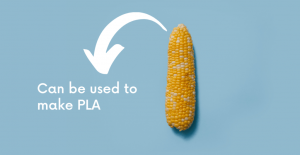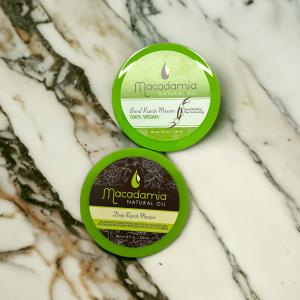Polylactic acid, also known as PLA, is a type of plastic made from renewable and organic sources like corn starch or sugar cane.
NINGBO, ZHEJIANG, CHINA, February 21, 2024 /EINPresswire.com/ — From bottles and containers to compact cases and tubes, cosmetic packaging plays a crucial role in the beauty industry. However, with the increasing concern for the environment, brands are seeking more sustainable options for packaging their products. That’s where PLA comes in.
Polylactic acid, also known as PLA, is a type of plastic that is made from renewable and organic sources such as corn starch or sugar cane. Unlike traditional plastics that are derived from fossil fuels, PLA is produced using biomass resources, making it a more eco-friendly option.
What sets PLA apart is its ability to be manufactured with the same equipment as traditional plastics, making the production process cost-efficient. It is currently the second most commonly produced bioplastic and shares similar characteristics with polypropylene, polyethylene, and polystyrene. Additionally, PLA is biodegradable, making it a more sustainable choice for cosmetic packaging.
The production of PLA involves fermenting plant starch obtained from various renewable sources such as corn, cassava, maize, sugarcane, or sugar beet pulp. The resulting lactic acid is then used to create PLA, which can be molded into different shapes and sizes for various cosmetic packaging needs.
PLA offers several advantages over traditional materials, such as its environmental friendliness, ease of 3D printing, and safety for use in food containers and medical devices. It also provides a wide range of composite and color options to cater to diverse properties and appearances. Furthermore, PLA has solvent welding capability, making it a versatile choice for packaging needs.
However, like any material, PLA also has its limitations. It has low heat resistance and relatively low strength, which may pose challenges in machine processing. Nevertheless, with proper handling and disposal, PLA can be an excellent sustainable option for cosmetic packaging.
To maintain its eco-friendliness, it is essential to follow the appropriate end-of-life disposal procedures for PLA. These include recycling, composting, incineration, or landfilling. Recycling PLA can be done chemically or mechanically, while composting involves chemical hydrolysis and microbial digestion. Incineration produces energy and leaves no residue, making it a viable option. However, landfilling should be the last resort as PLA degrades slowly in ambient temperatures, making it less desirable for the environment.
In conclusion, PLA offers an environmentally friendly alternative for cosmetic packaging that is not only sustainable but also cost-efficient. With its unique properties and various applications in the industry, it is paving the way for a greener future in the beauty world.
For more information on PLA and its applications in cosmetic packaging, please contact Gidea PAC.
Dwan wu
Gidea PAC
+86 574 2786 5366
email us here
Visit us on social media:
Facebook
Twitter
LinkedIn
![]()
Originally published at https://www.einpresswire.com/article/690148572/an-environmentally-friendly-alternative-for-cosmetic-packaging






